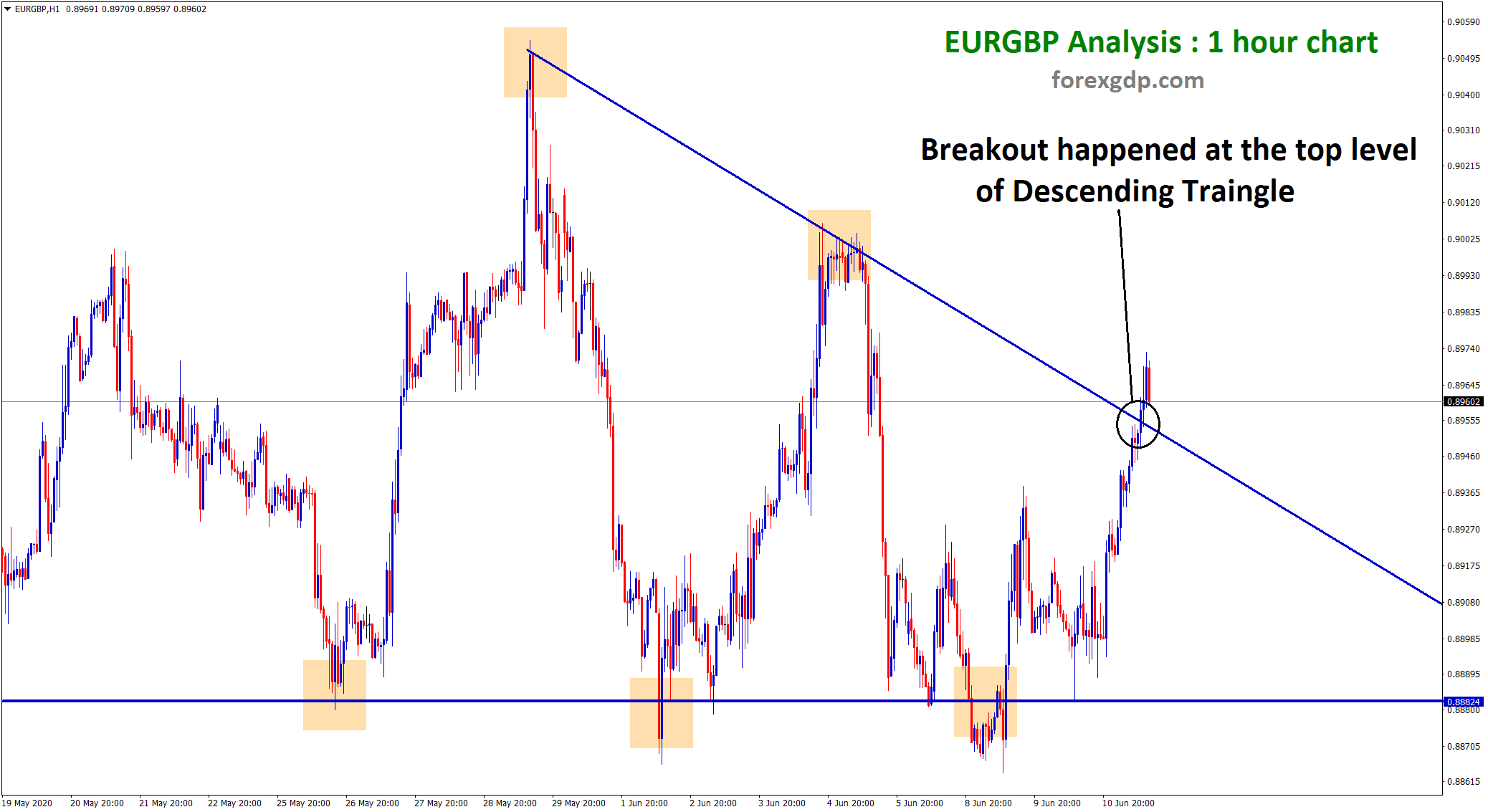Japanese markets have shaken US stock markets, mainly because of the central bank’s interest rates, indicating how significant the Japanese yen (JPY) impacts the world’s economy. In this context, it becomes super important to assess the JPY’s current trends and try to evaluate what it might do in 2025. This is crucial for traders on stocks and Forex pairs, and we will do that in this guide by analyzing the trends and factors that could influence the JPY.
Economic Indicators Affecting JPY
Forex trading on the Japanese yen is super popular as Tokyo is a major Asian hub for Asian sessions of foreign exchange markets. Many reliable Forex brokers are operating in the country offering trading not only Japanese currency pairs and stocks but also access to US markets. The first step to ensure you are trading with an edge is understanding fundamental economic factors that affect the Japanese yen. Analyzing fundamental indicators coming out of Japan is crucial for understanding JPY movements. In JPY’s case, the currency can influence both the Japanese and the US stock markets. We have seen how the Bank of Japan’s (BOJ) interest rate decisions have impacted not only the JPY pairs but also crashed US stock markets. To forecast the main JPY trends in 2024 and 2025 we need to examine Japan’s GDP growth, inflation, and employment rates. Japan has faced challenges including aging demographics and deflationary pressure, which have historically influenced the JPY. For 2024 and 2025, GDP growth and inflation trends will play a major role in shaping the JPY price and potentially influencing the US markets, as well.
GDP Growth
Japan’s GDP growth rate is expected to remain moderately stable and will be influenced by global economic conditions and domestic monetary policies. In 2024, the GDP was lower than in 2022 at 4.1 instead. For 2025, the GDP is projected to surpass the levels we have seen in 2022, 2023, and 2024 at 4.3. This indicates that, while the country can not recover to pre-Covid levels, it is still rebounding and showing a moderate growth rate, which is a testament to the Japanese economy’s resilience. Both traders and investors should monitor Japan’s GDP growth closely so as not to miss something important, as unexpected changes in economic growth could directly impact the strength of the JPY pairs.
Inflation Trends
Japan has experienced years of low inflation rates, and the latest surge of 3.3% in 2023 made the Bank of Japan (BOJ) increase interest rates to 0.25%. This change in interest rates affected the JPY heavily and caused a temporary US stock market crash, at least that’s what some experts say. While it would be difficult for the Japanese interest rate to directly cause the crash, it surely played a significant role and accelerated the downfall of the stock prices. With this information and stats traders and investors can anticipate potential trend directions in the market by constantly monitoring changes in the interest rates.
Interest rate decisions
BOJ will make interest rate decisions following the inflation levels. Higher than expected inflation rates will increase chances dramatically for interest rate spikes. However, if Japan can reduce inflation to tolerable levels, we might see interest rate cuts, which can seriously affect US stock markets and cause a sudden bullish momentum. Most analysts expect the BOJ to remain cautious, but any signs of tightening will strengthen the JPY. Traders should pay close attention to all BOJ meetings and statements for indications of future policies.
Employment rates and inflation
Inflation rates and employment rates are closely tied. Inflation typically causes stock prices to rise as investors try to mitigate inflation risk by investing in stocks and also loans are easier to take for corporations, motivating them to spend more. So, if the employment rate is rising, inflation is also rising and JPY becomes cheaper to buy. JPY pairs including USDJPY, GBPJPY, and EURJPY all go in an uptrend as investors need more JPY to buy other currencies. Knowing these little details and monitoring inflation rates and employment rates can turbocharge a trader’s profitability.
Global economic trends and risk sentiment
Sometimes, investors might be attracted to JPY as a safe haven, especially when global economic conditions are uncertain and volatile. For 2024 and 2025, the JPY might appreciate it if the global economy faces a downturn. Another important aspect to monitor is commodities such as oil. Since Japan is a net importer of commodities, fluctuations in global commodity prices can affect Japan’s trade balance and the value of the JPY. Rising oil prices can weaken the yen while falling proxies will strengthen it.
Overall, by monitoring important fundamentals such as inflation, employment rates, GDP growth, and commodity prices, traders and investors can anticipate possible price trends and capitalize on the opportunities.






